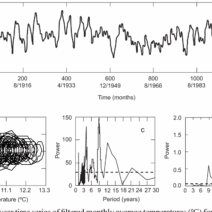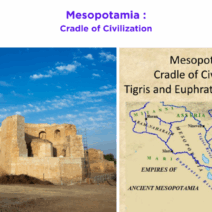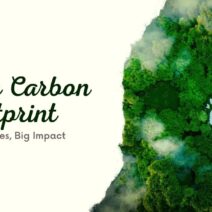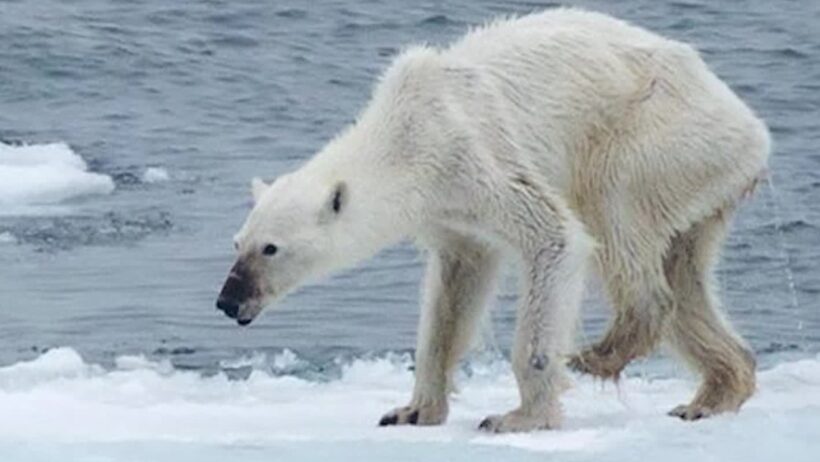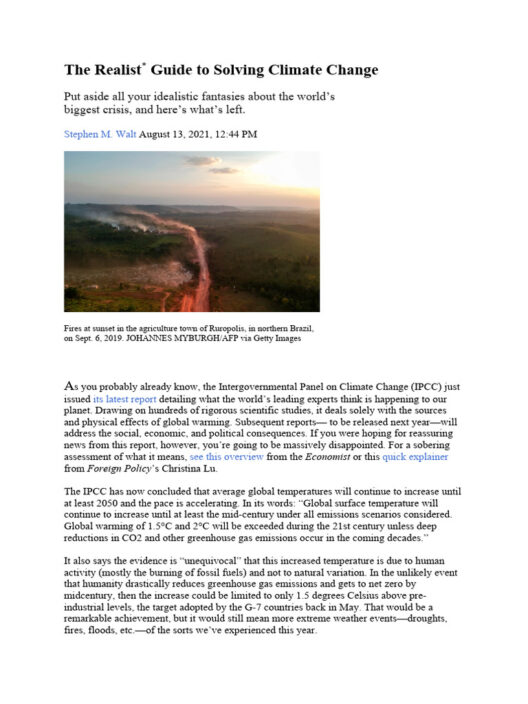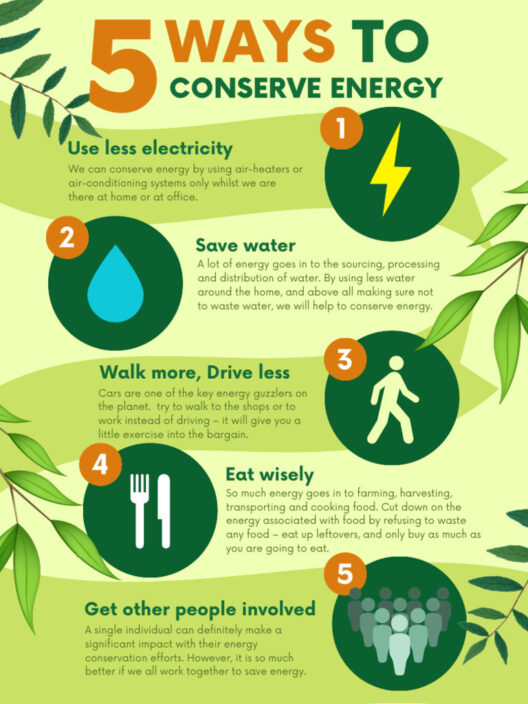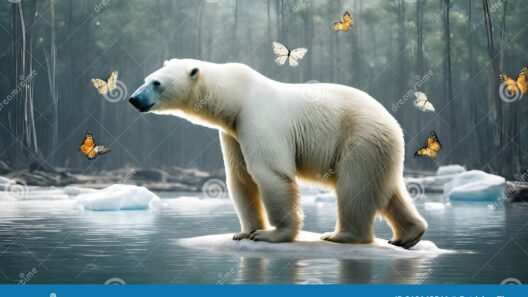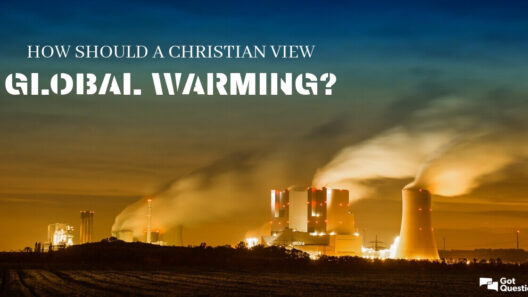In the vast expanses of the Arctic, colossal ice formations, known as ice caps, serve as critical components of Earth’s climate system. These towering giants not only exemplify the majesty of nature but also act as indicators of global climatic health. However, these once-mighty structures are retreating, disintegrating under the relentless pressures of global warming. Could it be that the health of our planet hinges on the fate of these icy behemoths?
The polar ice caps are essentially frozen reservoirs that hold vast amounts of freshwater. The Arctic ice cap and the Antarctic ice sheets are the most significant constituents of our planet’s cryosphere. These regions are home to many unique ecological systems that have evolved over thousands of years. As temperatures rise, however, these ecosystems are severely threatened, along with the species that depend on them.
The scientific community has observed a worrying trend: Arctic sea ice extent has decreased considerably over recent decades. In the 1970s, Arctic summer ice covered approximately 7.5 million square kilometers. By 2023, this figure has plummeted to about 4.3 million square kilometers during the summer months. This dramatic reduction poses a multitude of challenges not just for polar ecosystems, but for the entire globe.
One of the most immediate consequences of melting ice caps is the phenomenon known as albedo effect. Ice reflects sunlight, while open ocean absorbs heat. As ice caps diminish, darker ocean waters expand, leading to accelerated warming. This creates a vicious cycle where reduced ice cover leads to increased temperatures, which in turn fosters further ice loss. The implications of this are profound; as temperatures climb, not only do we face rising sea levels, but we also risk a shift in global weather patterns.
At the heart of this climatic upheaval is the release of greenhouse gases, particularly carbon dioxide and methane. Melting permafrost, prevalent in the Arctic regions, threatens to unleash vast reservoirs of these gases, which have been trapped in frozen soil for millennia. The potential for a feedback loop intensifies, as greenhouse gases further exacerbate warming, leading to further melting—so where does the cycle end?
In the dire landscape of climate change, the plight of iconic species such as the polar bear becomes emblematic of the broader ecological crisis. These majestic creatures rely on sea ice as a platform for hunting seals, their primary food source. As the ice shrinks, polar bears are forced to travel further and expend more energy to find food, leading to malnourishment and decreased reproductive rates. Disturbingly, some reports have highlighted increasingly emaciated individuals struggling to survive in a rapidly changing environment, raising pressing questions about the long-term viability of these species.
Moreover, melting ice caps are not confined to solitary struggles. The repercussions ripple across the globe. As sea levels rise, coastal communities are increasingly at risk of flooding and erosion. With projections estimating an increase of up to 2 meters in sea levels by the end of the century if current trends continue, the implications for densely populated cities such as Miami, New Orleans, and Jakarta are alarming. Entire nations could eventually face obliteration, thus presenting not only environmental but also humanitarian challenges. Will nations adapt in time, or are we woefully unprepared to face this impending crisis?
The confluence of rising levels, shifting weather patterns, and the loss of biodiversity presents significant challenges for global food security. Aquatic ecosystems are increasingly destabilized as temperatures rise, affecting fish stocks and aquatic plant life. Fisheries that many communities rely on could face collapse. Furthermore, as migratory patterns of various species shift due to temperature changes, the interconnectedness of food webs becomes strained, raising questions about future availability and sustainability. Are we actually equipped to sustain human populations in a world with diminishing natural resources?
Yet, the urgency of the situation does not necessitate despair, but rather action. Addressing the multifaceted challenges presented by melting ice caps involves comprehensive international collaboration. Mitigating climate change through reducing emissions is paramount, but it is equally crucial to adapt existing infrastructures in vulnerable regions. Investment in renewable energy sources, enhancing energy efficiency, and promoting sustainable practices can contribute to a resilient future. Furthermore, high-level dialogues and cooperative agreements can help amplify efforts on a global scale.
Involving local communities in conservation initiatives and empowerment programs can serve as effective grassroots actions. Public awareness campaigns aimed at educating diverse populations on the repercussions of climate change can galvanize collective efforts toward safeguarding the polar ice caps. Every small action contributes to a larger mosaic of resilience, proving that individual efforts can coalesce into significant changes.
The plight of the polar ice caps illustrates a paradigm beyond mere melting ice; it begs the question of planetary stewardship. As stewards of Earth, humanity holds significant responsibility for the myriad life forms that inhabit this planet alongside us. By fostering a collaborative spirit, embracing innovation, and committing to sustainable practices, we may not just avert catastrophe—but also forge a more harmonious existence with our environment. The time to act is now.
